
Top Ten Best Pets in The World
Top Ten Best Pets in The World
1. Chinchilla
Chinchillas are one of two species (Chinchilla chinchilla and Chinchilla lanigera). Which are crepuscular rodents of the paravorder Caviomorpha. They are slightly larger and more robust than ground squirrels. and are native to the Andes mountains in South America. They live in colonies called "herds" at an altitude of 4,270 m (14,000 ft). Historically, Chinchillas lived in one such area. Which included parts of Bolivia, Peru, Argentina and Chile. But today wild colonies are known only in Chile. Together with their relatives, the Viscacha, they form the family Chinchillidae. These chinchillas are also related to the rat.
Chinchillas have the densest fur of all land mammals. Sea otters have a dense coat in the water. Chinchillas are named after the Chincha people of the Andes. Who once wore its dense, velvety fur. By the end of the 19th century, chinchillas became increasingly rare after being hunted for their ultra-soft fur. Most of the chinchillas currently used by the fur industry for clothing and other goods are farm-raised. Domestic chinchillas, a descendant of C. lanigera, are sometimes kept as pets. And it can be considered as a kind of pocket pay.
There are two species of chinchilla
1. chinchilla chinchilla
2. chinchilla lanigera
There are two living species of chinchilla. Chinchilla chinchilla (formerly known as Chinchilla brevicodata) and Chinchilla lanigera C. Chinchilla's tail is short. The neck and shoulders are thick. and have smaller ears than C. lanigera. Former species currently facing extinction. The latter, although rare, can be found in the wild. The domesticated chinchilla is believed to belong to the species C. lanigera.
2. Ferrets
- The name "ferret" is derived from the Latin ferritus. Which means "little thief", is a possible reference to the common ferret's penchant for taking away small objects. In Old English (Anglo-Saxon) the animal was called "meerd" or "meerp". The word "ferret" appears in mid-14th century English from the Latin language. The Greek word íktis, with the modern spelling of "ferret" as far back as the 16th century, appears in Latin as ictis, in a play written by Aristophanes, the Acharnians, in 425 BC.
- The ferret (Mustella furo) is a small, domesticated species. Which belongs to the Mustelidae family. The ferret is most likely a domesticated form of the wild European ferret or polecat (Mustella putorius). which is evidenced by their inbreeding. Other mustelids include the stoat, badger, and mink.
- Physically, ferrets are similar to other ferrets due to their long, slender bodies. Including their tail, the average length of a ferret is about 50 cm (20 in). They weigh between 0.7 and 2.0 kg (1.5 and 4.4 lb). And their fur can be black, brown, white or a mixture of those colors.
- Ferrets may have been domesticated since ancient times. But there is widespread disagreement due to the rarity of written accounts and the inconsistency of those who survive. Contemporary scholarship agrees that ferrets were bred for sport. To hunt rabbits was in a practice known as hare. In North America, ferrets have become a major choice of household pet, with over 5 million in the United States alone.
- The legality of ferret ownership varies by location. In New Zealand and some other countries, restrictions apply because of damage to native fauna by wild colonies. Polecat-ferret hybrid. The ferret has also served as a useful research animal. which contributes to the neuroscience and research of infectious disease, especially influenza.
- The domestic ferret is often confused with the black-footed ferret (Mustella nigripes), a species native to North America.
Behaviour
Ferrets sleep 14-18 hours a day. and are most active around the morning and evening hours. Which means they are crepuscular. If they are put in a cage. So they have to be taken out daily to exercise and satisfy their curiosity. They need at least an hour more space to play. Unlike its polecat ancestor, which is a solitary animal. Most ferrets will live happily in social groups.
Diet
Ferrets are obligate carnivores.The natural diet of their wild ancestors consisted of whole small prey including meat, organs, bones, skin, feathers and fur. Ferrets have a small digestive system. And the metabolism is faster, so they need to eat more often. Dried foods prepared almost entirely from meat (including high-grade cat food, although specialty ferret food is increasingly available and preferable) provide the most nutritional value. Some ferret owners feed their ferrets with pre-killed or live prey (such as rats and rabbits) to more closely mimic their natural diet. The ferret's digestive system lacks a cecum and the animal is unable to digest large amounts of plant matter.
About the teeth and health of ferrets
- Ferrets have four types of teeth (numbers include maxillary (upper) and mandibular (lower) teeth).
- Twelve small incisor teeth (only 2–3 mm [3 32 - 1 8 in] long) located between the canines at the front of the mouth. These are used for grooming.
- Twelve premolar teeth that ferrets use to chew food. are located on the sides of the mouth. The ferret uses these teeth to cut the meat. Uses them in the action of scissors to cut meat into digestible pieces. Six molars (two above and four below) are used in the back of the mouth to crush food.
- Ferrets are known to suffer from many different health problems. The most common are cancers affecting the adrenal glands, pancreas, and lymphatic system. Adrenal disease, an enlargement of the adrenal glands which can be either hyperplasia or cancer. Often diagnosed by signs such as abnormal hair loss, increased aggression and difficulty urinating or defecating.
- Treatment options include surgery to excise the affected glands, melatonin or deslorelin implants, and hormone therapy. Causes of adrenal dysfunction have been thought to include an unnatural light cycle, a diet based on processed ferret foods, and prepubescent neutering. It has also been suggested that there may be a hereditary component to adrenal disease.
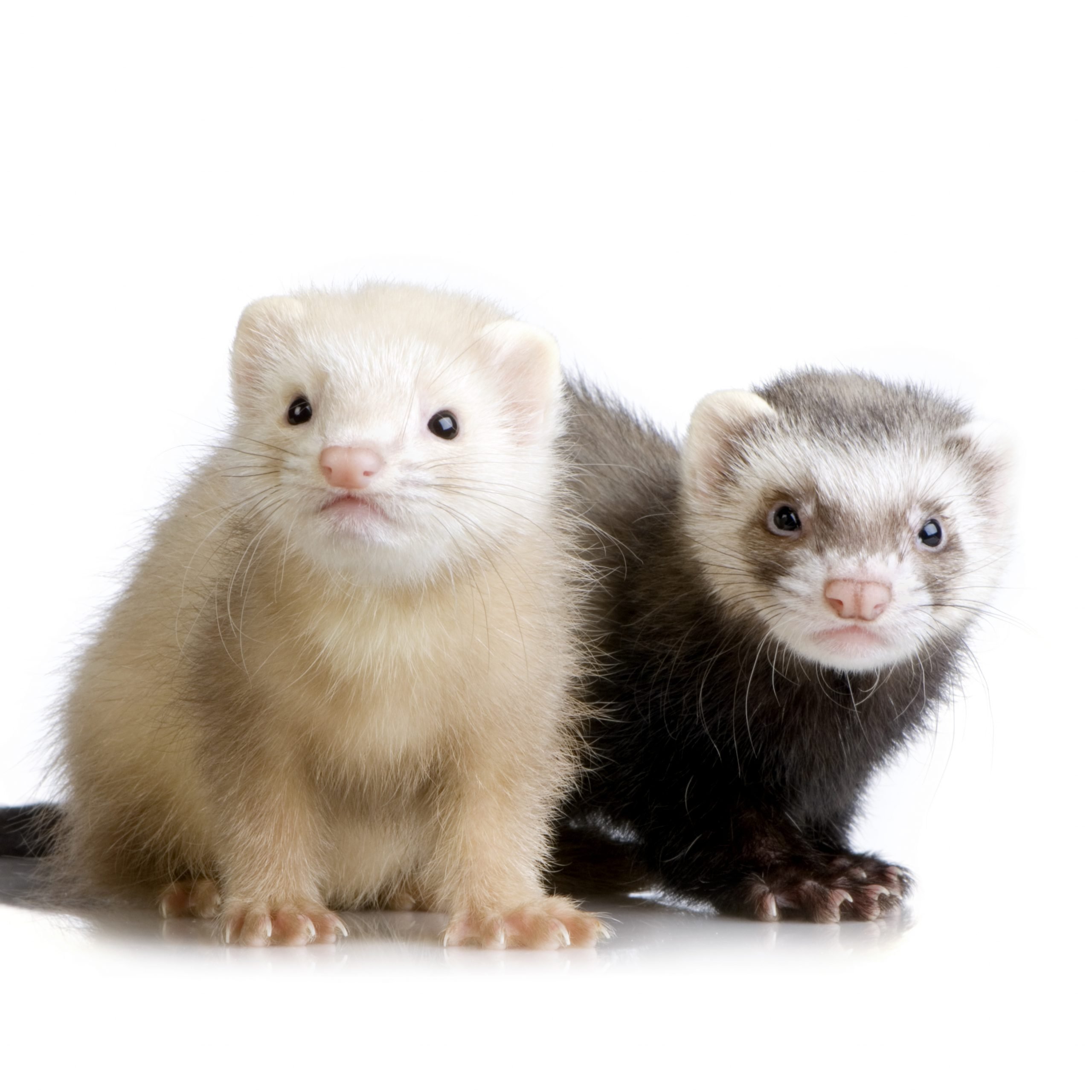
3. Hamsters
Hamsters are rodents belonging to the subfamily Cricetinae. The subfamily consists of about 25 species classified into six or seven genera. Hamsters are gentle. In wooded areas they hide in underground burrows in broad daylight to avoid being caught by predators. These diets include a wide variety of foods including dry fruits, berries, almonds, fresh fruits and vegetables. In the wild, they also eat wheat, almonds and some fruits and vegetables. They can also be found lying on the ground, and sometimes they also eat small fruit flies, moths and small insects. They have long fur-lined bags on either side of their head. Which extends up to their shoulders. Which they fill with food to take to their place of residence to store food or to eat later.
Physically they are endowed with distinctive features. Including cheek pouches extending to their shoulders. Which they use to take the food back to their bill. As well as a short tail and fur-covered legs are also included. They have become established as popular small pets. The best-known species of hamsters is the golden or Syrian hamsters (Mesocricetus auratus). Which are usually kept as pets. Other hamster species commonly kept as pets are three species of dwarf hamsters. Campbell's dwarf hamsters (Phodopus campbelli) winter white dwarf hamsters (Phodopus sungorus) and Roborovski hamsters (Phodopus roborovski) are more dusky than nocturnal hamsters.
Origin of the Name Hamsters
The name hamster is derived from the German hamster. which itself is derived from the early Old High German hamustro. It is probably related to the Old Russian chomstrǔ. which is either a composite form of the Russian khomiak (khomiak) "hamster" and a Baltic word (originating from the Lithuanian staras "hamster") or the Persian origin Av hamster (hamaēstar) "operator" (origin) is a form of.
Hamster Body
- The body of the hamster is thick, the length of the tail is less than the length of the body. And its ears are small and furry. Its legs are short and thick and the feet are wide. The color of their long or short, dense, silky hairs can be black, grey, honey, white, brown, yellow, or red, or a mixture of any of these, depending on their species.
- Hamsters have very poor eyesight. They can see near objects and are color blind. However, they have a very high sense of smell and have a very good hearing. Hamsters can use their sense of smell to identify gender, locate food, and identify pheromones. They are also particularly sensitive to loud noises and can hear and communicate in the supersonic range.
- Sometimes it's hard to see the tail. Because it's usually not very long. (whose length is about 1/6 of their body length) but the Chinese dwarf hamster is an exception. Whose tail length is equal to the length of its body. This is hardly visible in a hamster with long hair.
- Hamsters are very flexible. And their bones are somewhat weak. They are very sensitive to rapid temperature changes and gusts of wind, as well as to extreme heat or cold. And it is very important for hamsters to eat their own feces in order to re-digest the food.
- This method is called coprophagy. And it is necessary for hamsters to do so in order to obtain the proper nutrients from their food.
- Hamsters are carnivores. They eat most things and although they should be fed regularly as much as the food of a typical hamster.
Behaviour
Syrian hamsters (Mesocricetus auratus) are generally solitary. And if they are put together then maybe. that they fight until death, while some of the dwarf hamster species can coexist with other hamsters of the same species. Hamsters are primarily considered to be nocturnal. Because they stay underground during most of the day. Only emerge from their burrow an hour before sunset. And when it gets dark, they go back to their burrows. Earlier they were considered nocturnal. Because they are active throughout the night. Has been observed. That some of their species are more nocturnal than others. All hamsters are excellent colliers. which form bills with one or two entrances. And also build streets together. which are attached to the chambers containing nests, food storage and other activities. They also grab tunnels built by other mammals. For example, winter white Russian dwarf hamsters (Phodopus sanagorus) use the paths and burrows of pikas.
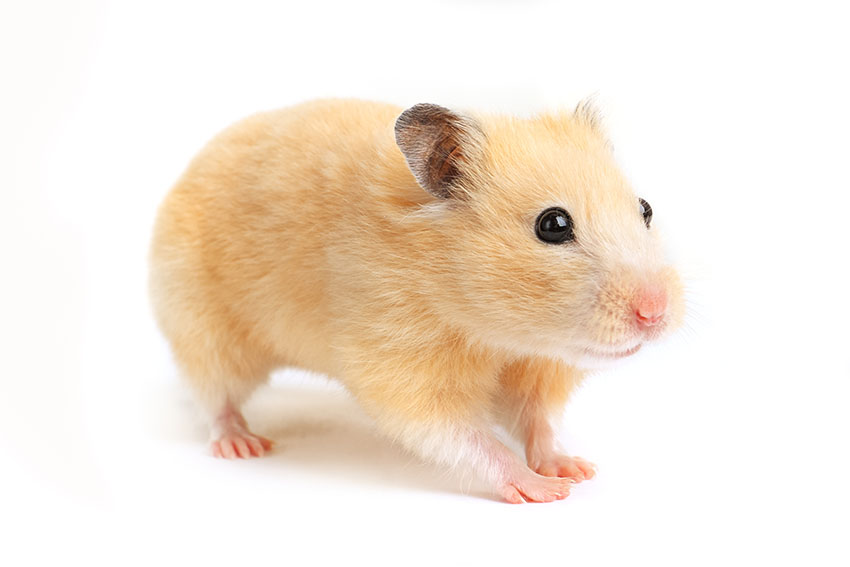
4. Hedgehogs
The name Hedgehogs came into use around the year 1450, being derived from the Middle English hegoge, from hague, hedge ("hedge"). As it Haggerjos, and Hoge, Hog ("Hog") often does with its piglike snout. Other names include urchin, hedgepig and furze-pig.
A hedgehogs eulipotyphlan is any of any small mammals of the subfamily Erinaceinae in the family Erinaceidae. There are seventy species of hedgehogs in five genera. which are found in Europe, parts of Asia and Africa, and through introduction in New Zealand. Not native to Australia. And there are no living species native to the Americas. (The extinct genus Amphichenus once existed in North America). Hedgehogs share distant ancestors with shorts (family Soricidae). With Jiminar possibly being the intermediate link, and little has changed over the past 15 million years. Like many of the first mammals, they have adapted to a nocturnal way of life. Hedgehogs' spiny defenses look like those of unrelated porcupines. which are rodents.and echidnas, a type of monotreme.
Physical Appearance
- Hedgehogs are easily recognized by their spines. Which is their hollow hair. Which harden with keratin. Their spines are not poisonous or obstructed. And unlike a porcupine's quills do not detach easily from its body. However, the spines of immature animals are usually replaced with adult spines. This is called "quilling". When the animal is diseased or under extreme stress. So can shed spin too.
- Hedgehogs have two large muscles in their backs. which controls the position of the quills. When the creature is rolled into a ball. So the rear girdle protects the tucked face, legs and abdomen. that are not cooled. Since the effectiveness of this strategy depends on the number of spinning.
- Whereas forest hedgehogs prey mainly on birds (especially owls) and ferrets. Like the tall species, the shorter species are preyed upon by foxes, wolves and mongooses.
- Hedgehogs are primarily nocturnal. Although some species can be active during the day. Hedgehogs sleep for a large part of the day in dense burrows in bushes, grass, rocks, or generally digging in the ground. All wild hedgehogs can hibernate depending on temperature, species, and food abundance, with habits varying between species. Although not all do.
Diet
Hedgehogs are omnivorous. They feed on insects, snails, frogs and toads, snakes, bird eggs, carrion, mushrooms, grass roots, berries, melons and watermelons. Berries form a major part of the Afghan hedgehog's diet in the early spring after hibernation.

5. Alpacas
Camelids from North America became extinct at the end of the last ice age (10,000–12,000 years ago). As of 2007, there were approximately 7 million llamas and alpaca in South America. And due to imports at the end of the 20th century, their numbers in the United States and Canada are close to 158,000 and 100,000, respectively.
The alpaca (Vicugna pacos) is a species of South American camel. Which is equally to be confused with the Lama. However, alpacas are often smaller than llamas. The two animals are closely related. And can cross breed successfully. Alpacas and llamas are also closely related to Vicuna. which are believed to be the wild ancestors of the alpaca and the guanaco. There are two breeds of alpaca: the Suri alpaca (SS) and the Huacaya alpaca.
Alpacas are kept as herbs. Which ranges from 3,500 meters (11,500 ft) to 5,000 meters (16,000 ft) above sea level in the Andes of southern Peru, western Bolivia, Ecuador and northern Chile. Alpacas are much smaller than llamas, and unlike llamas, they were not bred to be working animals. But are bred specifically for their fiber. Alpaca fibers are used to make woven items similar to wool. These items include blankets, sweaters, hats, gloves, scarves, a wide variety of textiles and ponchos in South America, and sweaters, socks, coats and bedding in other parts of the world. Paper comes in over 52 natural colors graded in Peru. 12 as classified in Australia and 16 as classified in the United States.
Alpaca communicate through body language. When they are in distress, intimidated, or meaning to show dominance. So male alpaca are more aggressive than females. and establish dominance of their flock group. In some cases, alpha males will immobilize the head and neck of a weak or challenging male to show their power and dominance.
In the textile industry, "alpaca" refers primarily to the hair of Peruvian alpacas. But more broadly it refers to the style of clothing originally made from alpaca hair. Such as Mohair, Icelandic sheep wool, or even higher quality wool. In trade, distinctions are made between alpaca and several styles of mohair and glitter.
An adult alpaca is usually between 81–99 cm (32–39 in) at the shoulder (dry). They usually weigh between 48–84 kg (106–185 lb).
Cook too. Claven-shape eyes Nursing class of Camelidae. sometimes regarded as a llama. But there is a different species. Length 2 m, shoulder height 0.9 m, livestock of the Andean mountainous region of South America. Used for gray hair, edible. Hair is black or white, long, thin, soft and shiny. It is used for woolen and woven fabrics.
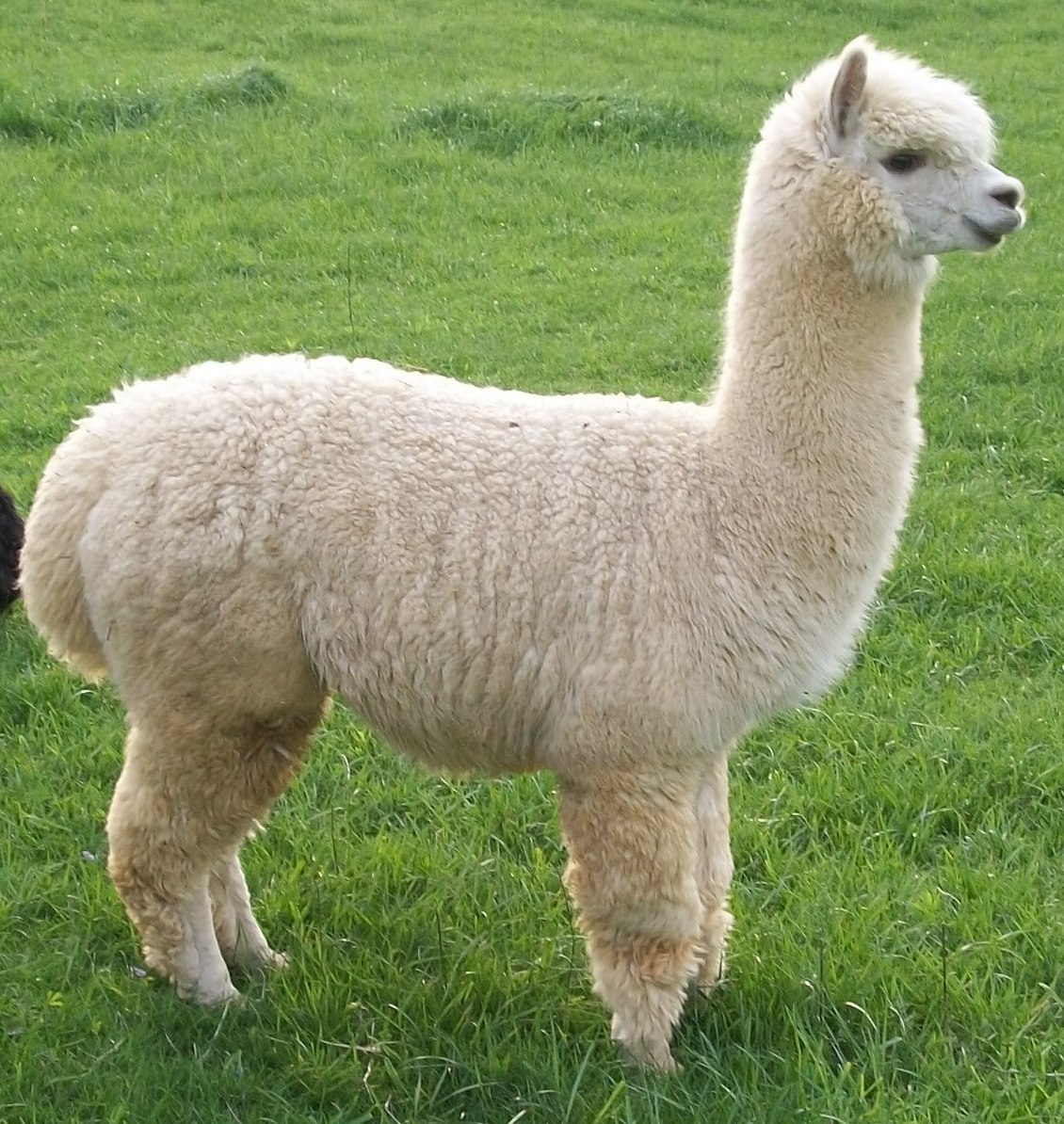
6. Rabbit
It is a small mammal of the Leporidae family. Which is found in many places of the world. There are eight species of rabbits found in the world. Rabbits live in groups in forests, grasslands, deserts and watery areas. Angora wool is obtained from rabbits.
The rabbits who live in the forest, build a ditch under the ground and live there. When they are born, they do not have fur on their body. A rabbit sleeps at least 18 times a day. Their teeth grow at least 49 inches in a year. Rabbits are small, and very beautiful animals, on seeing which, our mind becomes happy. People keep it at their home. And because of their lovely antics, we cannot stop ourselves from touching its soft body.
Interesting facts about rabbits
- A female rabbit gives birth to at least nine babies every year.
- Humans kill rabbits for its fur. It is a matter of great sadness that in these cases this animal has to bear various kinds of sufferings.
- Even if we try to interfere in their daily habits, then rabbits can attack us.
- Rabbits are most agile in the early morning and evening hours. During the rest of the time they are resting.
- Their body and fur have to be brushed daily.
- Their teeth and nails keep on growing. That's why it is worth paying a lot of attention to them.
- If they get sick, they try their best to hide it.
- Rabbits are very sensitive, and for this reason young children should be kept away from them.
- Rabbits and horses have a lot in common. Their eyes, teeth, and ears are very similar.
- Rabbits are blind at the time of their birth.
- These animals can live to the age of 10-12 years, or above.
- Rabbit teeth are very strong, and they never stop growing.
- Rabbits need at least 4 hours of exercise and play a day to stay healthy.
- A rabbit's ears are very sharp. They can hear sounds from two directions at once
- Their life span is about 10 years, but only if they are well taken care of.
- Rabbits cannot vomit.
- Rabbit's eyesight is also very sharp. They can easily see behind themselves.
Other information about Rabbits
- Rabbits have only 28 teeth.
- The world's heaviest rabbit weighs about 22 kg.
- Rabbits can jump up to a height of 36 inches.
- Rabbits should always eat more fiber and less protein.
- In addition to grass, they also eat things like fruits, fruit seeds, and vegetables.
- Their ears are 4 inches long.
- In addition to grass, they also eat things like fruits, fruit seeds, and vegetables.
- A rabbit's heart beats 150-200 times in a minute.
- On the front foot, they have 5 fingers, and on the back foot 4. In all, they have 18 toes.
- Rabbits do not sweat.
- They can sleep with their eyes open.
- Rabbits can swim, but most rabbits do not like to swim.
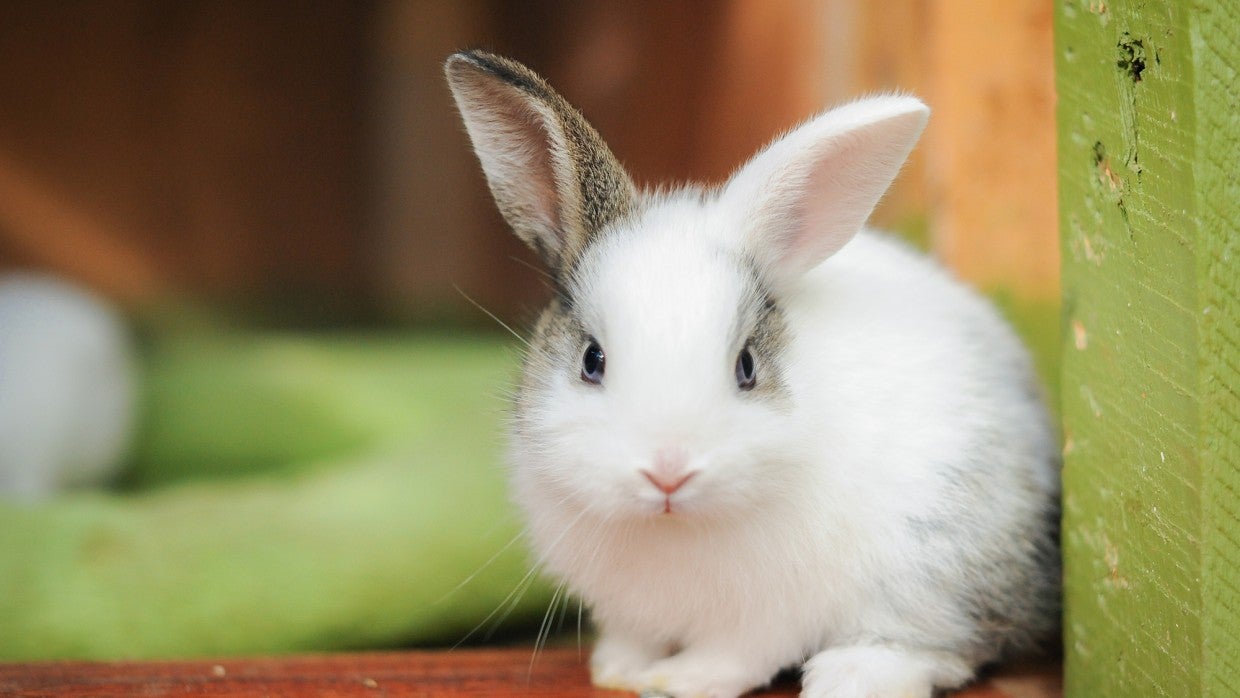
7. Skunks
- A skunk is an animal resembling a squirrel. It is found in the forests of America. The skunk emits a strong odor to avoid other wild animals. Its smell is so terrible. That the attacking animals could not bear it and ran away.
- Skunks are mammals in the Mephitidae family. They are known for their ability to spray a liquid with a strong, unpleasant odor from their anal glands. Different species of skunk vary in appearance from black and white to brown, cream or ginger in color, but all have an alert coloration.
- While related to polecats and other members of the mongoose family. skunks have Old World stink badgers as their closest relatives.
- The word "skunk" dates back to the 1630s. Which is derived from Segunku, a Southern New England Algonquian language (probably Abenaki). "Skunk" has historical use as an insult, attested from 1841.
- The tail is bushy and well-furnished with hair. like the tail of a fox; It swings it back like a squirrel. It is more white than black.
- In the dialect of the southern United States, the term polecat is sometimes used as a colloquial nickname for skunk. Even though polecats are only distantly related to skunks.
- As a verb, skunk is used to describe the act of overwhelmingly defeating an opponent in a game or competition. "Skunk" is also used to refer to certain strong-smelling strains of marijuana. Whose smell is compared to skunk spray.
- Skunk species vary in size from about 15.6 to 37 inches (40 to 94 cm) long and about 1.1 lb (0.50 kg) (speckled skunks) to 18 lb (8.2 kg) (hog-nosed skunks) in weight. They have medium elongated bodies with relatively short, well-muscled legs and long front paws for digging. They have five fingers on each foot.
- Although the most common fur colors are black and white. Some fringes are brown or gray in color and some are cream in colour. All fringes are striped. Even from birth. They may have one thick stripe on their back and tail, two thin stripes, or a series of white spots and broken stripes.
Behaviour
Skunks are not true hibernators in winter. But do den up for extended periods. However, they are generally inactive and rarely feed while passing through the dormant stage. During the winter, many females (as many as 12) clump together.
Although they have excellent senses of smell and hearing. They have poor eyesight, being unable to see objects more than about 3 meters (10 ft) away, making them vulnerable to death from road traffic. they are short-lived; Their life span in the wild can reach up to seven years. Most of which only live for one year. And in captivity they can live up to 10 years.
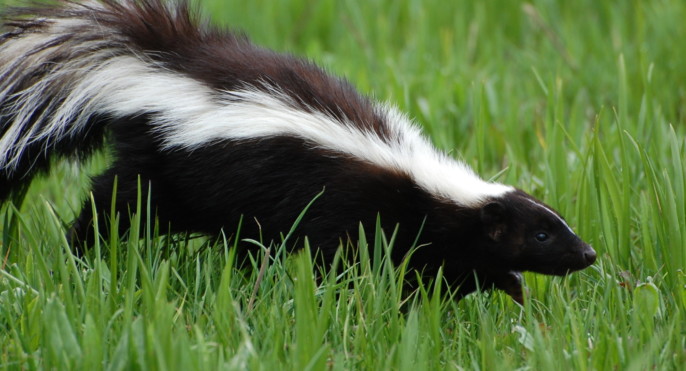
8. Gerbil
A gerbil is a small mammal of the order Rodentia. Once known simply as "desert rats". The gerbil subfamily includes about 110 species of African, Indian and Asian rodents. Including sand rats and jirds, all adapted to arid habitats.
The Indian gerbil (Tatera indica), also known as the "antler rat", is a species of rodent in the family Muridae. It is found in southern Asia from Syria to Bangladesh.
It is the only species in the Tatara genus. Members of the Gerbiliscus genus have historically been placed in Tatara.
The head and body length of the gerbil is 17-20 cm. The tail is 20-21 cm. The dorsal surface, including the entire head, is pale brown or light brown in colour. Underparts are white. The tail is fully fringed, with a dark dark brown color and prominent black tufts at the tip. The fur on the body is soft, the tail fur is long, sparse below. The eyes are large and prominent. The bounding gait is distinguished when running. The two sexes of this species live separately. The relationship between male and female gerbils is not yet known. Omnivores have been known to eat grains, seeds, plants, roots, insects, reptiles and even small birds and mammals.
9. Guinea Pigs
The guinea pig (scientific name: Caevia porcellus), is a species of rodent family. The other name is KV which comes from its scientific name. Despite their common name, these animals are not from the pig family. Nor do they come from Guinea in Africa. They originated in the Andes of South America.
How these animals came to be called "pigs" is not clear. They are built somewhat like pigs. They have a large head relative to their body, a thick neck and a rounded back without a tail. The origin of "Guinea" in the name is difficult to explain. One proposed explanation is that the animals were brought to Europe via Guinea. Which made people think that they were born there. "Guinea" was also commonly used in English to refer to any distant unknown country. The name "Guinea" is a corrupt form of "Guyana", a region in South America.
Studies based on biochemistry and hybridization suggest. that they are domesticated species. and therefore are not naturally present in forests. The guinea pig plays an important role in the folk culture of many tribal groups. It is especially used as a food source in addition to folk medicine and religious community ceremonies.
In Western societies, the guinea pig has gained widespread popularity as a household pet since its introduction by European traders in the 16th century. Biological experiments have been done on the guinea pig since the 17th century. These were often used to understand biological phenomena in the 19th and 20th centuries. But now other rodents like rats and rodents have largely replaced them.
Speciality
The guinea pig has soft fluffy hair. Their hair can be of many colors but is usually brown, white or black in color. There are also marks of any other color between these colors. Guinea pigs are larger than rodents. weighs between 700 and 1,200 grams. and are between 20 and 25 cm (8 and 10 in) in length. They live an average of four to five years. But they can also live as long as eight years. According to the 2006 Guinness World Records, the longest-lived guinea pig lived 14 years, 10.5 months. Guinea pigs do not occur naturally in the wild; It probably originated from closely related species. Domestic guinea pigs usually live in cages, although some owners of large numbers of guinea pigs dedicate their entire room to them.
Behaviour
Guinea pig's vision is not as good as that of a human in terms of distance and colour. But they have a great angle of vision (about 340 degrees). Their senses of hearing, smell and touch are well developed. Males reach sexual maturity at 3-5 weeks, While females can be fertile at 4 weeks of age . and can have children before adulthood. The female guinea pig is able to breed throughout the year. 3 to 4 babies are born at a time. Unlike the offspring of most rodents which are not fully developed at birth. The hair, teeth, claws and partial vision of a newborn guinea infant are well developed.

10. Capybaras
The capybara or greater capybara (Hydrochoerus hydrocharis) is a giant cavy rodent native to South America. It is the largest living rodent. and is a member of the genus Hydrocoerus. The only other extant member is the lesser capybara (Hydrochoerus isthmius). Its close relatives include the guinea pig and rock cavies. And it is more distantly related to agouti, chinchilla and nutria. Capybara inhabits savannas and dense forests. and lives near water bodies. It is a highly social species. and can be found in groups as large as 100 individuals. But usually lives in groups of 10-20 individuals. The capybara is hunted for its meat and hide. And it is also not considered a threatened species for the oil from its thick fatty skin.
Its common name is derived from Tupi capisara. Joe (leaf) + pie (thin) + (food) + ara (a suffix for agent nouns) is a complex set. Meaning. "he who eats slender leaves", or "eater of grass"
The scientific names of both Hydrochoerus and Hydrocheeris come from the Greek (hydro "water") and (choiros "pig, hog").
Capybara and lesser capybara belong to the subfamily Hydrocoerinae along with rock cavies. The living capybaras and their extinct relatives were previously classified in their own family Hydrochoeridae.
Paleontological classifications previously used Hydrochoridae for all capybaras. Whereas for the living genus and its closest fossil relatives, such as Neochoerus, the Hydrocoerinae were used. but has recently adopted the classification of Hydrocourinae within the Cavidae. The taxonomy of the fossil hydrocourine is also in a state of flux. In recent years, the diversity of the fossil Hydrocourine has decreased significantly. This is largely due to the recognition that capybara molar teeth show strong variation in size over a person's life. In one example, material that once referred to four genera and seven species based on differences in molar size is now considered to represent individuals of different age groups of the same species.
Physical Appearance
The capybara has a heavy, barrel-shaped body and a small head. It has reddish-brown fur on the upper part of its body. Which turns yellowish-brown below. Its sweat glands can be found on the surface of the hairy parts of its skin. Its sweat glands can be found on the surface of the hairy parts of its skin. The animal lacks hair. And its guard hairs are slightly different from the hairs.
Capybaras are semi-aquatic mammals. Which are found in almost all countries of South America except Chile. They live in densely forested areas near water bodies such as lakes, rivers, swamps, ponds and marshes. Also live along rivers in flooded savanna and tropical rainforest. They are excellent swimmers. And you can hold your breath underwater for up to five minutes at a time. Capybara flourished in animal husbandry. They roam an average household area of 10 hectares (25 acres) in high-density populations.
Diet
Capybaras are vegetarians. They mainly graze on grasses and aquatic plants as well as fruits and tree bark. They are very selective feeders. and feed on the leaves of one species. and ignore the other species around it. They eat a wide variety of plants during the dry season. Because fewer plants are available. While they eat grass in the wet season. Plants that eat capybara during the summer lose their nutritional value in the winter. Therefore they are not consumed at that time. The hinge of the jaws of the capybara is not vertical. So they chew the food by grinding it back and forth instead of side by side. Which means they eat their own feces as a source of bacterial gut flora. And to extract maximum protein and vitamins from your diet. They re-chew the food in order to chew it again.
Top Ten Best Pets in The World
1. Chinchilla
2. Ferrets
3. Hamsters
4. Hedgehogs
5. Alpacas
6. Rabbit
7. Skunks
8. Gerbil
9. Guinea Pigs
10. Capybaras


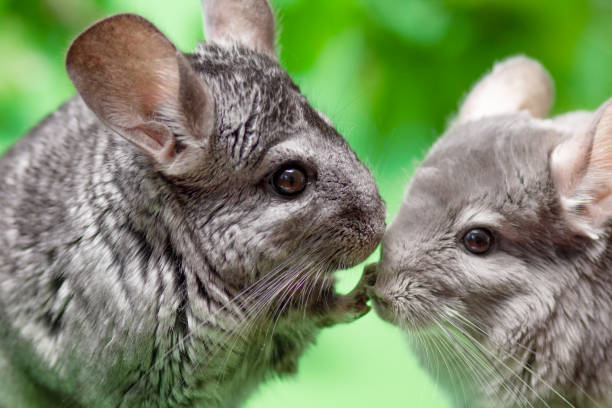
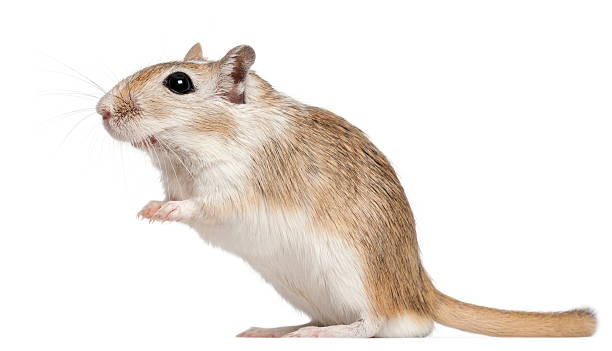
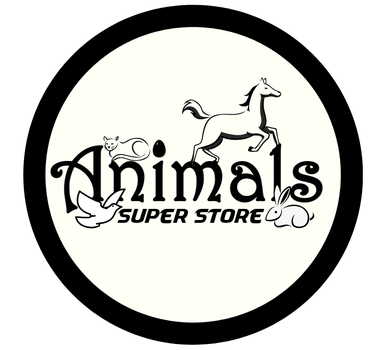








I see that your site is very informative, and every article is better than any other website's blog and articles. Your blog contains more information than any other. I think you are one of the best informative article writers, also I am sure you are. Somehow, I found another informative blog site that contains more information same as you. If you want more information about farming, then you can visit farmingplan.com sites. Farming Plan